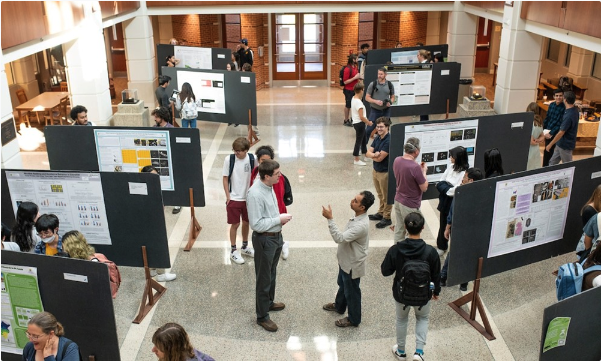The Buildings that Make a City: A Case Study into Taipei Urban Development
Abstract
The Taipei of today is a bustling modern city, its streets filled with various smells, sounds, mopeds, cars and pedestrians, all around buildings tower over the streets, some sleek and brand new, others old and traditional but all are piece of the puzzle that makes up the ever expanding picture of Taipei. Each of those buildings tell a story, they did not simply appear in one day but amassed slowly over time, built by different governments and people, with their own visions and intentions they shape the cities identity. The identity of a city is transient, defined by a multitude of different, sometimes competing factors, is formed by the collective impression it renders onto people. Building within a city, each serve as a sort of snap shot into the era they were built, none more so than the monumental works of a city. These monumental works are built with a more intentional symbolism and greater inherent meaning than a run-of-the-mill office building or housing complex. The monuments serve as a representation of a greater social order, symbols of different regimes demonstrating their power and authority. By studying these monumental works a reflection can be made into the sort of city those who construct these world would like to be represented within their works. The capital of Taiwan, works well since monuments often not only serve as expressions of local value and history but also national ones. Taipei’s monuments are not only reflective of simply the cities own history but also representative of the nation as a whole. This study looks at five buildings in Taiwan, the Presidential Office Building, the Grand Hotel, the National Palace Museum, the Chiang Kai-shek Memorial Hall, and Taipei 101. Using Taipei as a case study, I will see if the model of evaluating monumental architecture in a capital city reflects the transitional periods in a city’s history as well as the national identity.


